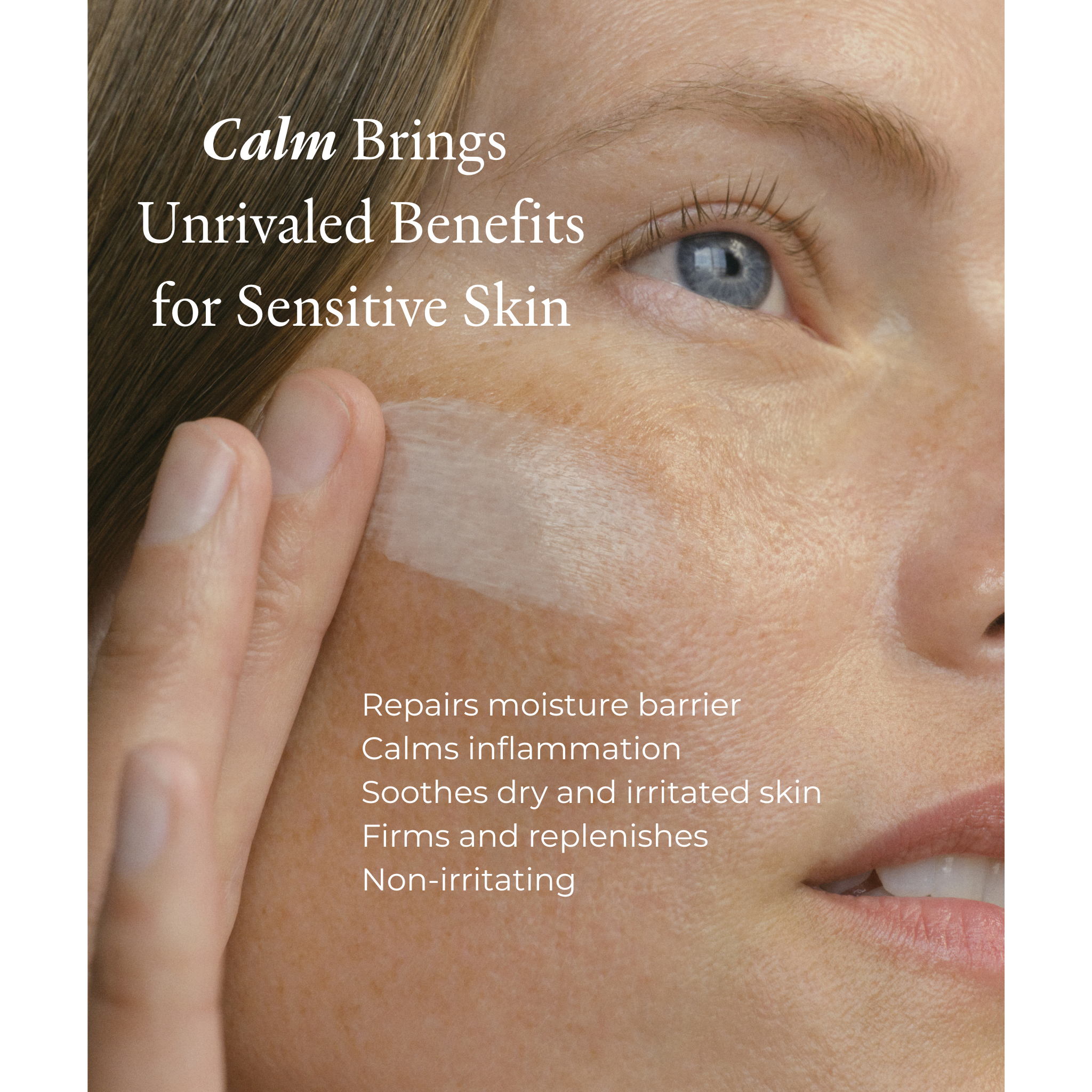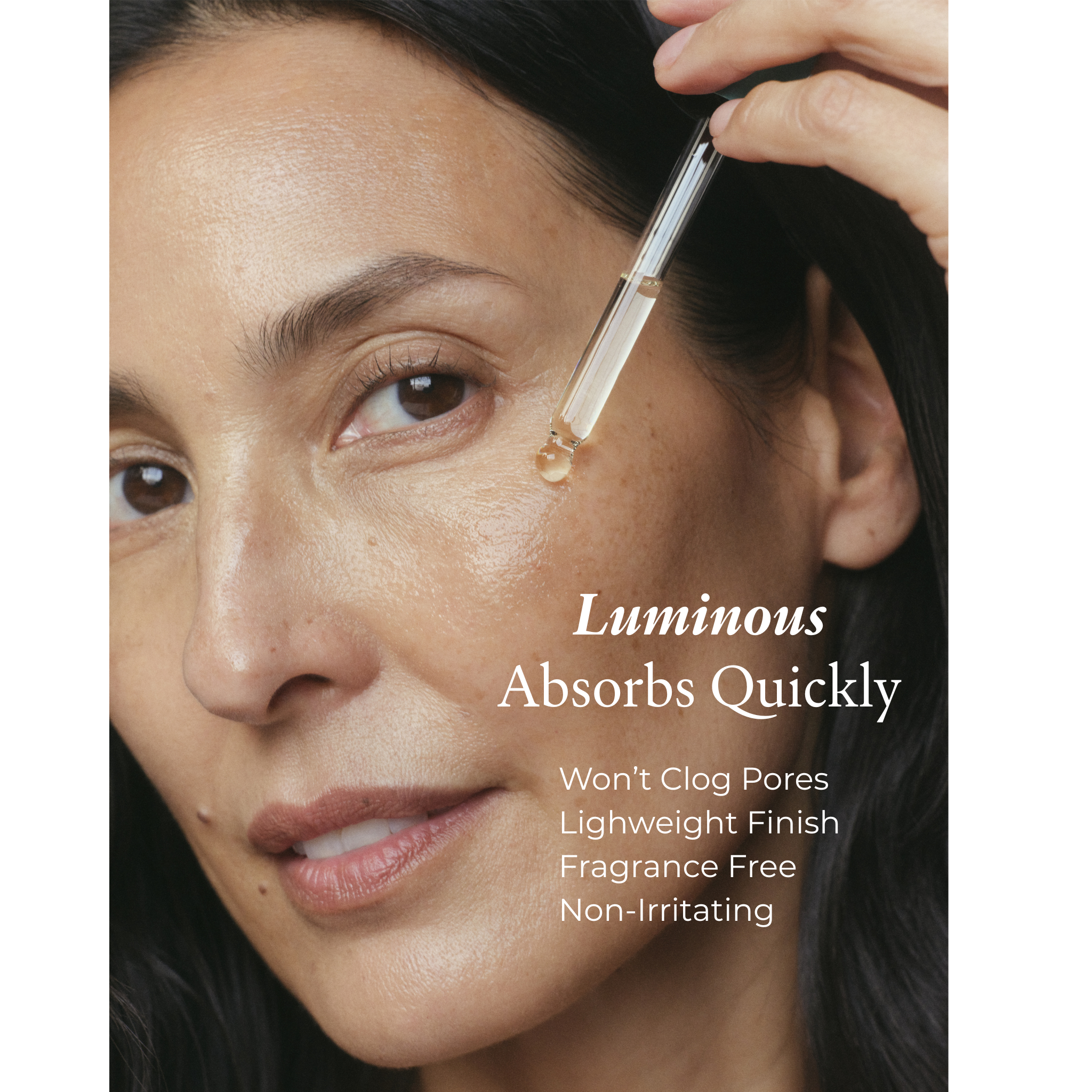If you’ve heard the skincare buzz around prickly pear seed oil (also known as Opuntia ficus-indica seed oil) and wondered whether it lives up to the hype, the short answer is yes — and then some. In Phosis Luminous Ultrafine Revitalizing Face Oil, we selected prickly pear seed oil for its uniquely high levels of skin-loving lipids and antioxidants, its featherlight feel, and its ability to support a resilient, radiant skin barrier without weighing skin down.
What Makes Prickly Pear Seed Oil Special?
Prickly pear seed oil is naturally rich in essential fatty acids, especially linoleic acid (omega-6) and oleic acid (omega-9). These lipids help fortify the skin’s moisture barrier, improving softness and flexibility while reducing transepidermal water loss (translation: your glow doesn’t evaporate by lunchtime). Scientific reviews also highlight the role of linoleic acid in healthy barrier function and the formation of key lipids in the outer skin layers, which helps explain why oils high in linoleic acid tend to feel breathable yet deeply nourishing.
Beyond its fatty acid profile, prickly pear seed oil contains naturally occurring tocopherols (forms of vitamin E) and phytosterols. These antioxidant compounds help neutralize environmental stressors that can contribute to dullness and the look of premature aging. Multiple analyses of Opuntia ficus-indica seed oils report meaningful tocopherol content and a predominance of linoleic acid — two markers of an oil that’s both protective and cosmetically elegant.
Proven Skin Benefits
While “miracle” claims aren’t our style, there is encouraging evidence that prickly pear seed oil can calm and cushion skin. In a comparative topical study using a standard model of acute inflammation, Opuntia ficus-indica (prickly pear) oil demonstrated anti-inflammatory and antioxidative effects, helping to visibly reduce swelling versus control. That aligns with what many of us experience anecdotally: skin looks less reactive and more at ease when this oil is part of the routine.
Zooming out to what matters daily, linoleic-rich plant oils are widely discussed in dermatology literature for supporting barrier repair and comfortable hydration — critical for skin navigating hormonal shifts like perimenopause. Keeping the barrier balanced is step one for glow; antioxidants that help defend against oxidative stress are step two. Prickly pear seed oil brings both to the table in a lightweight, non-greasy format.
Prickly Pear Seed Oil Texture Talk
Not all face oils play nicely under SPF and makeup. Prickly pear seed oil absorbs quickly, layers without pilling, and leaves a soft, satin finish, making it a team player morning and night. That “barely there” feel is precisely why it anchors our Luminous Face Oil: you get cushion and luminosity without the slick.
How Luminous Pairs Prickly Pear with Other Actives
In Phosis Luminous Face Oil, prickly pear seed oil is blended with other non-comedogenic emollients and antioxidants for barrier support and glow. This well-balanced cast that enhances spreadability, stability, and sensorial elegance.
Who It's For
- Perimenopausal and sensitive skin: Looking for calm, comfort, and a stronger-feeling barrier? You’re the reason we made it.
- Dry and dehydrated types: Expect smoother texture and a more supple feel over time.
- Combination and oil-prone skin: The linoleic-forward profile helps keep the finish light and breathable, no heavy residue.
How to Use It
- AM: Press 2–3 drops into damp skin after water-based serums and before (or mixed with) moisturizer; follow with SPF.
- PM: Apply as your last step to seal in hydration, or cocktail 1–2 drops with your cream for an extra hit of cushion.
- Pro tip: Warm between palms and press to minimize friction on reactive skin.
Prickly pear seed oil isn’t just another trendy plant oil; its lipid and antioxidant profile makes it uniquely suited to support a comfortable, luminous complexion — especially when skin is changing.
Image Pictured Above: Freepik















